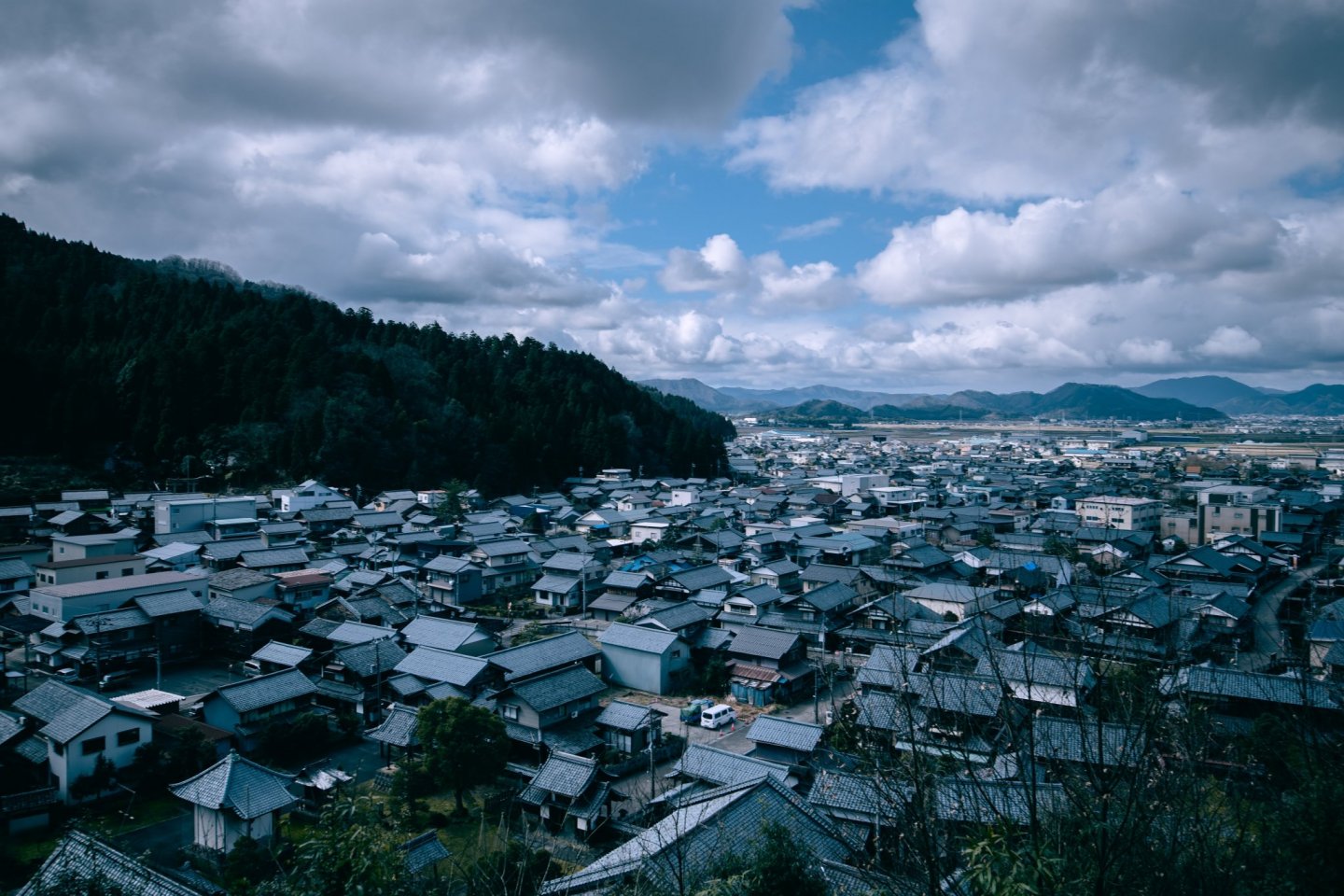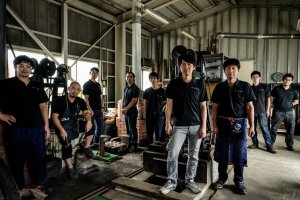Japan is well-known for having deep cultural roots, many that remain alive today thanks to its isolation during the Edo period and the strong desire to preserve tradition. One way that culture remains alive is through crafts and arts, and many of these crafts have survived centuries. They are often kept alive by families and communities around Japan who pass down their knowledge and talent from generation to generation. Echizen is one such community, famous for generations of craftsmen.
In Fukui Prefecture, among the misty mountains, we recently uncovered the secrets and preserved traditions of Echizen. We focused on the 1500-year old art of papermaking (washi) and the 700-year old art of knifemaking (uchihamono). By showcasing these arts along with their keepers in an unprecedented live virtual tour, we explored local workshops and the artisans who keep the traditions alive.
About washi
Washi is said to have been introduced to Echizen by a woman who possibly came from a nearby country and had knowledge of crafts unknown to Japan at the time. During this era, villagers were struggling to harvest rice and the discovery of how to turn the local tree bark into fine paper (the process to make Washi) allowed them to prosper. By providing high-quality washi to the neighboring city of Kyoto, Echizen was able to open trade routes and thrive with new opportunities. The local Okamoto Otaki Shrine is dedicated to this woman, considered a kami (deity) associated with washi. An annual festival takes place in May every year; during the festival, locals parade through the paper-making town carrying portable shrines with them in a spiritual and fascinating procession.
Yanase Washi Studio

Entering the door of Mr. Yanase’s workshop is like entering a famous Japanese animation. As a matter of fact, several susuwatari (dust spirits from Japanese folklore) are stuck on windows and walls all around the workplace. Mr. Yanase’s family started the business over 70 years ago. Today, along with his wife, their son, and three other artisans work in this very special workshop. Their paper is crafted primarily by using tree bark from three different plants and the local freshwater coming from nearby peaks. Simple ingredients for a simple yet fascinating creation. Washi, which itself means harmony of paper, has been used in the past centuries mostly for the creation of lanterns and sliding doors for traditional Japanese houses. Today the uses and application of washi are adapting to modern society: becoming book covers, elegant boxes in the shape of stones or clouds, or painting-like frames to hang on walls.
During the live tour from Yanasewashi, we were able to see the extraordinary cooperation and teamwork of the artisans; each one of them knows their task. Every part of the creation process requires high precision and the finished products have a wonderful handmade feel. It seems as though time has stopped, and tradition remains alive when you compare the manufacturing methods with the factories of today.
Forged knives

Known as Echizen uchihamono, the art of knifemaking is said to have been introduced by a swordsmith who moved to Echizen from Kyoto. Products are still being made today following traditional Japanese forging techniques and manual polishing steps. Using the forging techniques, which were important for making Japanese swords, the blades can have high resistance and high strength against bending and breaking. In addition to familiar knives and other kitchen utensils, which are the main products, this factory has evolved to produce more user-friendly and beautiful knives for people's everyday lives by pursuing functionality.
Ryusen Hamono

This multi-awarded knife factory started in the 1940s and has also passed down knowledge and experience from generation to generation. Today, the third generation of the Masutani family strives to create the finest blades appreciated both domestically and internationally. Their specialty is in kitchen knives designed for long-lasting durability and sharpness. The high-end knives also come with beautiful engravings and patterns. In addition to kitchen knives, Ryusen Hamono products include specialty knives, cutlery, letter openers, and more.
During the virtual tour, we introduced the owner, Masutani-san, and sent our guide on a factory tour to demonstrate how the knives are forged from pounding to polishing. We could see that the artisans put a tremendous amount of passion into forging and polishing every single knife. After the factory demonstration, we visited the shop where we could test the cutting performance. We were pleasantly surprised as the blades sliced through carrots and sponges almost as if nothing were there. Lastly, we looked around the shop inventory and inspected many of the knives up close.
We have just scratched the surface of these beautiful arts. To dive deeper watch our virtual event:
For more information about Yanase Washi and Ryusen Hamono, please check the official websites.
A new way of seeing Japan
With the recent global travel restrictions, it became impossible to visit and discover the beauty of Japan. While the desire for travel is still strong, a new type of tour has arisen in virtual tours that are able to offer online experiences, live and interactive. Stay tuned to Japan Travel's social media and follow our YouTube channel to participate in the next virtual event.





































